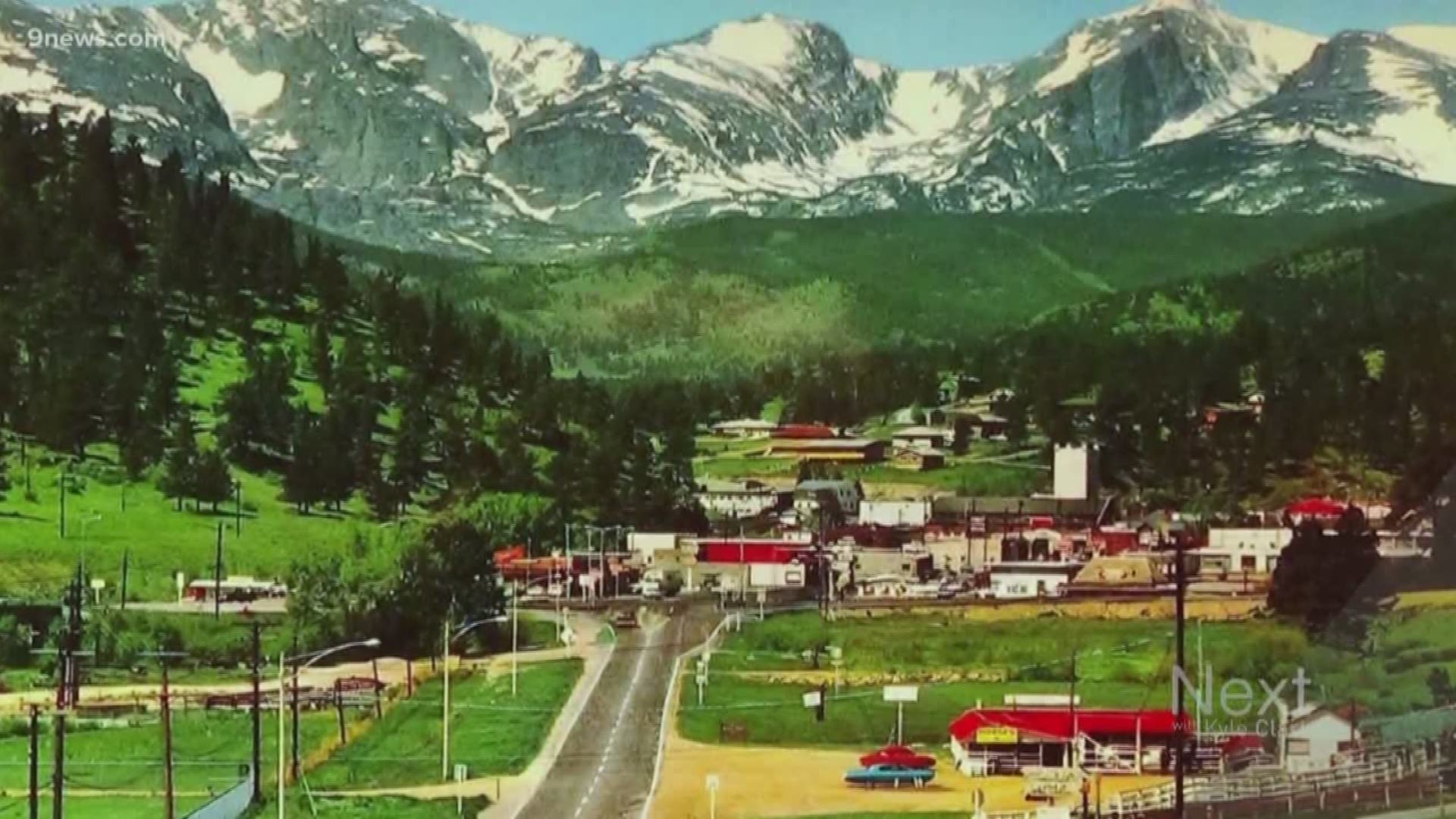LOVELAND, Colo. — Families in Loveland are battling a tax surprise that their county didn’t know about for years.
Nearly 80 property owners in a rural part of Loveland found out they were a part of the Estes Valley Recreation and Park District. After that, some of their taxes went up by hundreds of dollars a year, according to JoJo Tobey.
Tobey is one of 30 property owners who signed a petition to be excluded from this district and plan to go to the Larimer County commissioners to make their case over the summer.
Some families hired legal representation to work on being excluded from the district, saying it's unfair they have to pay taxes for amenities they don't plan on using because they are too far away.
That includes the new roughly $26 million community center in Estes Park, which is roughly 35 miles away from Tobey's home and takes more than an hour to drive.
It was approved by voters in the fall of 2015 and opened in 2018. Once the boundaries were modified, families like the Tobeys also received a ballot to vote on the community center.
Tobey said the issue started in 2015, four years after she bought her home in Loveland. That's when she said Larimer County notified her that they “modified” the boundaries for the Estes Valley Recreation and Park District, and it now included her property. It meant she would have to start paying county taxes, as well as district ones.
Since then, she's been working with a lawyer to gather information about the special district, such as its rules, as well as going through the steps to try and become excluded, which includes approaching the Larimer County Commissioners at some point during the summer.
Last year, according to her records, she paid around $314 in taxes for the district, in addition to the county taxes, and said the additional costs are becoming a burden for her and many of her neighbors.
"Many of us are on fixed incomes or work for ourselves," she said.
Tom Carosello, the district's executive director, said they questioned the county assessor's office when the change happened.
"When we called the county back in fall of 2015 and said, 'What happened?', they said, 'Oh we updated our GIS system, and we found these folks on the eastern fringe of your border,'' Carosello said. "We said, 'OK, they're not going to be happy."
The Estes Valley Recreation and Park District, which stretches 326 square miles, was created in 1955. Six decades later, the county realized the borders weren’t correct. The tax increase that comes with that correction can be anywhere from $5 to $700 a year, depending on the property value, according to Carosello.
The modified boundary is still being contested, and a hearing on the matter was held with the district board in April 2019, which is when the petition was denied by the special district board, according to the paperwork filed to appeal the denial.
Special Districts are designed to fill gaps in services, anything from sanitation to parks and recreation. There are more than 2,000 in Colorado, according to the Department of Local Affairs.
"I see why that would upset them," Carosello said. "Who would want that surprise with their taxes bill each year? I understand. I can empathize with that."
He also said he didn't want to set a precedent.
“Our stance is in fairness to the other 11,000 people in the district who are paying taxes,” Carosello said.
But Tobey said she and other families maintain they shouldn't be paying taxes for amenities that are too far away for them to use.
"We don't even have a fire district for our community," Tobey said. "Here we are giving hundreds of dollars to a recreation district in Estes."
Since the special district turned down the families' request to be excluded from the special district, the issue will next go before the Larimer County Commissioners, possibly in August. If the matter isn't settled there, it could head to district court.
Homeowners can tell if they are in a special district by looking at their tax certificate when buying a home, which breaks down where their tax dollars are going.
SUGGESTED VIDEOS | Next with Kyle Clark

